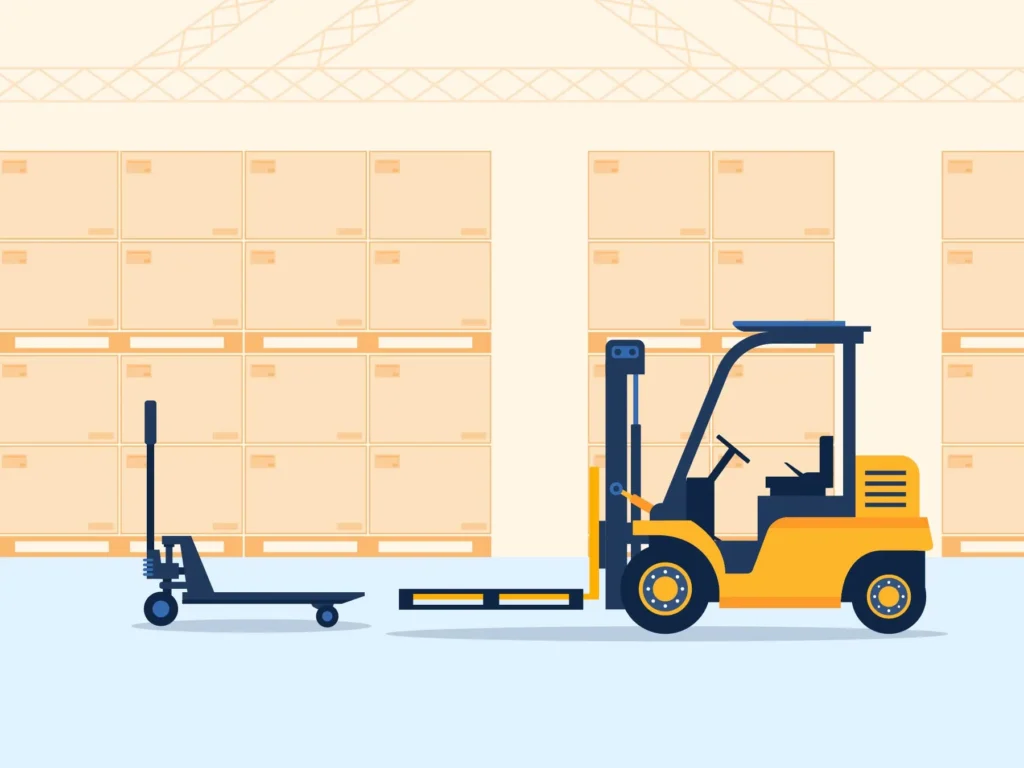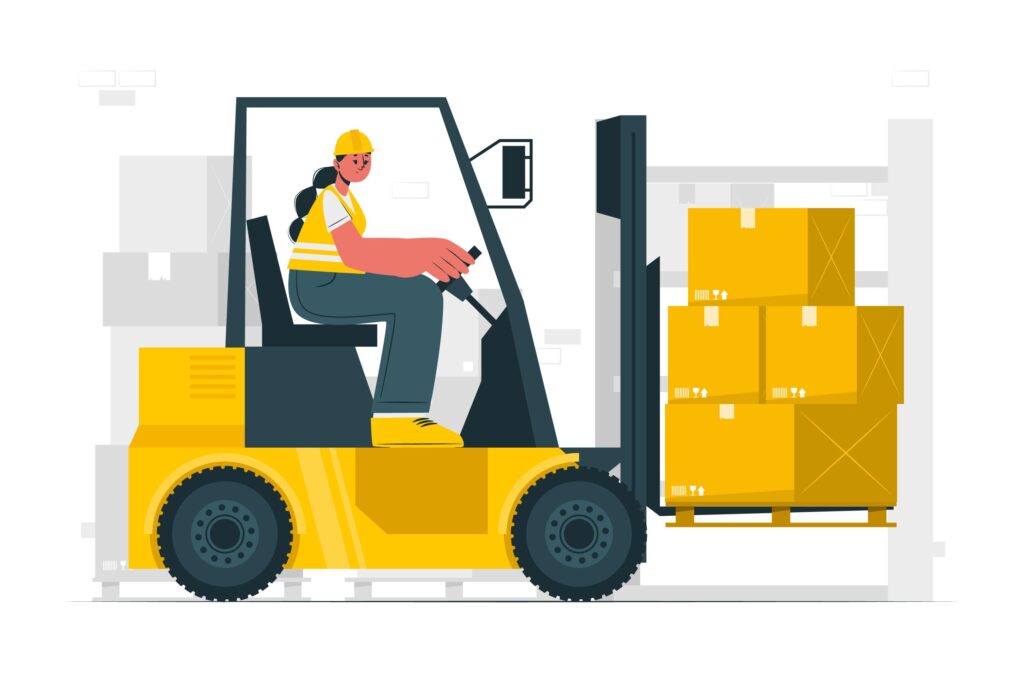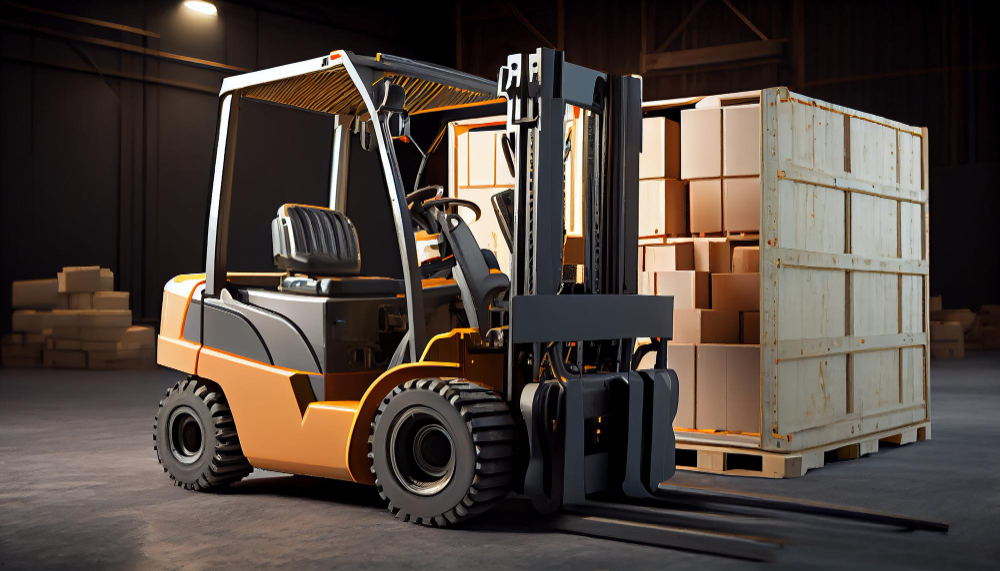In wood-based industries, the reliance on forklifts and pallet jacks for various material handling tasks is crucial. However, these indispensable tools also pose significant risks, leading to severe injuries and even fatalities.
Understanding the causes and patterns of these injuries is essential for implementing effective prevention measures.
This article explores severe injuries related to forklifts and pallet movers within wood-related industries, drawing insights from data analysis and highlighting implications for workplace safety.
1. The Scope of the Issue
Wood-based businesses heavily depend on forklifts and pallet jacks for loading, unloading, and transporting products. However, despite their utility, these equipment types contribute to a considerable number of occupational injuries and fatalities. Over a five-year period from 2015 to 2019, data from the Occupational Safety and Health Administration (OSHA) revealed 17 fatalities and 211 severe injuries within wood-related industries.
2. Analysis of Severe Injuries
a. Distribution of Injuries:
Building material dealers experienced the highest number of injuries, followed by segments within wood manufacturing.
b. Nature of Injuries:
Fractures were the most common type of injury, with the lower extremities being particularly vulnerable.
c. Injury Events:
Pedestrians being struck by forklifts or other powered industrial trucks (PITs) constituted the most prevalent injury event type.
Learn More: THE BENEFITS OF FORKLIFTS AT WORK
3. Implications for Safety
The improper use of forklifts and pallet jacks remains a significant concern, leading to OSHA inspections and fines for wood-based businesses. Addressing safety issues associated with these equipment types requires proactive measures such as enhanced training, optimized facility layouts, and technological advancements.
4. Understanding PIT Safety
OSHA categorizes forklifts and lift trucks as powered industrial trucks (PITs), encompassing various classes and configurations. Despite regulatory guidelines and available resources for safe operation, PITs continue to pose risks, with common hazards including overturns, pedestrian collisions, and crushing incidents.
5. Pallet Jack Considerations
Pallet jacks, although considered safer than forklifts, still present injury risks, especially in retail environments. While data on pallet jack injuries are relatively limited compared to forklifts, incidents involving pallet jacks highlight the importance of operator vigilance and adherence to safety protocols.
6. Data Analysis Methodology
The analysis encompassed severe injuries related to PITs and pallet jacks in wood-related industries over the specified period. Utilizing OSHA data, incidents were categorized based on industry segments and injury sources, providing insights into injury patterns and trends.
Learn More: THE MOST POPULAR MANUFACTURERS OF FORKLIFTS
Conclusion
In conclusion, forklifts and pallet jacks play indispensable roles in wood-based industries but also pose significant safety risks. By understanding the causes and characteristics of severe injuries associated with these equipment types, businesses can prioritize prevention efforts and foster safer work environments.
Proactive safety measures, coupled with ongoing training and awareness, are essential for mitigating the risks posed by forklifts and pallet jacks in wood-related industries.
This structured approach aims to enhance awareness, promote safety, and facilitate informed decision-making within wood-based businesses, ultimately reducing the incidence of severe injuries and ensuring the well-being of workers.



